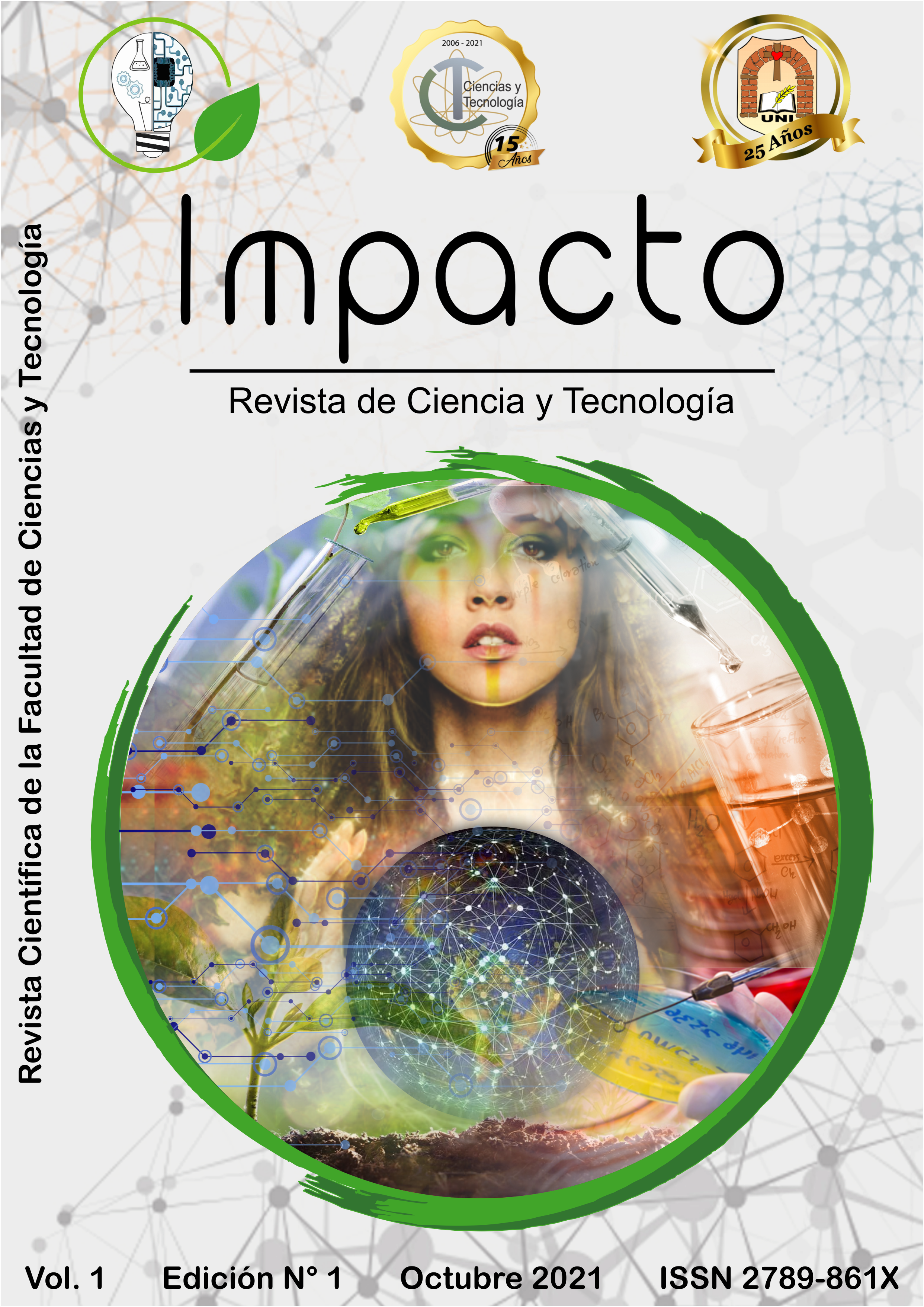Identificación y variación espacio-temporal del fitoplancton en el embalse Tacuary, Carmen del Paraná, Itapúa, Paraguay
Palabras clave:
microalgas, calidad de agua, índice de abundancia relativaResumen
En el periodo anual de mayo de 2012 a julio del 2013, se realizaron muestreos estacionales de microalgas con el objetivo de realizar la identificación y la variación espacio temporal del fitoplancton y de esa manera obtener registros de la composición fitoplanctónica del arroyo Tacuary, en el periodo de su transformación a embalse. El análisis de biovolumen se realizó a través de dos métodos cuali-cuantitativos diferenciados: el método de la pipeta, con el cual se identificaron los tipos de microalgas, asociaciones fitoplanctónicas y recuento de Org/mL en 12 puntos de muestreo seleccionados, y el Índice de abundancia relativa (IAR) con el que se determinó la abundancia de cel/mL. Se realizaron mapeos de distribución espacial utilizando el programa ARC GIS e imágenes satelitales RESOURCESAT LIS3, donde se resalta que hubo un recuento ≥200 Org/mL en todo el periodo anual, con un promedio máximo de 10.051 Org/mL en la estación otoño y 15.705 Org/mL en la estación invierno. Se identificaron 26 especies, en las cuales las floraciones algales predominantes fueron de las especies Microcystis aureginosa, Microcystis flosaquae, Pseudo anabaena y Chlorella vulgaris.
Abstract
From May 2012 to July 2013, seasonal microalgae samplings were carried out to achieve the identification and the spatial-temporal variation of the phytoplankton and thus obtain records of the phytoplanktonic composition of the Tacuary creek, during its transformation into a reservoir. The biovolume analysis was performed through two differentiated quali-quantitative methods: the pipette method, with which the types of microalgae as well as the phytoplanktonic associations and the Org / mL count in 12 selected sampling points were identified; and the Index of relative abundance (RAI) with which the abundance of cells / mL was determined. Spatial distribution mappings were carried out using the ARC GIS program and RESOURCESAT LIS3 satellite images, from which it can be highlighted that there was a count ≥200 Org / mL throughout the annual period, with a maximum average of 10,051 Org / mL in autumn and 15,705 Org / mL in winter. In all, 26 species were identified being the predominant algal blooms Microcystis aureginosa, Microcystis flosaquae, Pseudo anabaena and Chlorella vulgaris.
Keywords: microalgae, water quality, relative abundance index.
Descargas
Referencias
HAAKONSSON, Signe, et al. Temperature and precipitation shape the distribution of harmful cyanobacteria in subtropical lotic and lentic ecosystems. Science of the Total Environment, 2017, vol. 609, p. 1132-1139.
BONILLA, Sylvia, et al. Cianobacterias y cianotoxinas en ecosistemas límnicos de Uruguay. Innotec, 2015, no 10 ene-dic, p. 9-22.
RAZ-GUZMÁN, A. Crustáceos y poliquetos. Organismos indicadores de la calidad del agua y de la contaminación (bioindicadores), 2000, p. 265-307.
VILA, I. R. M. A.; BARENDS, I. L. S. E.; MONTECINO, VIVIAN. Abundancia y distribución temporal del fitoplancton en el Embalse Rapel, Chile Central. Revista Chilena de Historia Natural, 1987, vol. 60, no 1.
DE DOMITROVIC, Yolanda Zalocar. Effect of fluctuations in water level on phytoplankton development in three lakes of the Paraná river floodplain (Argentina). Hydrobiologia, 2003, vol. 510, no 1-3, p. 175-193.
VEGA, Luis Maria Fleitas; FLEITAS VEGA, Luis Maria. Contribución al estúdio de plantas acuáticas em embalses hidroeléctricos. El caso Itaipu (margen derecha). Biota, 1997, vol. 7.
ROSSELL A., GONZÁLEZ HERNÁNDEZ, J, ABREU, J., GALVÁN, M. Manual de técnicas y muestreos y análisis de plancton y perifiton. (3ra. Ed) Instituto Nacional de Ecología. México. D.F. 1982.
AROCENA, Rafael, Conde Daniel. Métodos en ecología de aguas continentales con ejemplos de Limnologia en Uruguay. Facultad de ciencias. Universidad de la República, Uruguay, 1999.
GUIRY, Michael D., et al. AlgaeBase. AlgaeBase, 2008.
VILLANUEVA SANHUEZA, F. A. Biogeografía y análisis retrospectivo de Alexandrium catenella (Dinoflagellata) en la zona austral de Chile. 2005. Tesis de Licenciatura.
STADTLÄNDER, Christian TK-H. EG Bellinger, DC Sigee (2010). Freshwater Algae: Identification and Use as Bioindicators. Journal of Applied Phycology, 2013, vol. 25, no 4, p. 1265-1266.
MONTEJANO G.E., Cantoral, J. Carmona R. Gaviño, G.Rivas, A. Rojas, & F. Valadez. Comunidades acuáticas (algas, insectos y ácaros) indicadoras de la calidad del agua en los rios permanentes de la región poniente del distrito federal (Magdalena Contreras, Alvaro Obregón y Cuajimalpa) México. Consejo de estudios para la restauración y valoración ambiental (CONSERVA) Secretaria del medio ambiente del Distrito Federal, México.1999.
ZHANG, T. T., et al. Allelopathic effects of submerged macrophyte Charo vulgaris on toxic Microcystis aeruginosa. Allelopathy Journal, 2009, vol. 23, no 2.
PINILLA, Gabriel Antonio Pinilla Agudelo. Indicadores biológicos en ecosistemas acuáticos continentales de Colombia: compilación bibliográfica. U. Jorge Tadeo Lozano, 1998.
DE DOMITROVIC, Yolanda Zalocar. Structure and variation of the Paraguay River phytoplankton in two periods of its hydrological cycle. Hydrobiologia, 2002, vol. 472, no 1-3, p. 177-196.
SHAPIRO, Joseph. Current beliefs regarding dominance by blue-greens: the case for the importance of CO2 and pH. Internationale Vereinigung für theoretische und angewandte Limnologie: Verhandlungen, 1990, vol. 24, no 1, p. 38-54.
ROSSO, Lorena; GIANNUZZI, Leda. Factores ambientales y antropogénicos que afectan la formación de floraciones de cianobacterias y cianotoxinas. 2011.
FORJÁN LOZANO, Eduardo, et al. Cianoalerta: estrategia para predecir el desarrollo de cianobacterias tóxicas en embalses. Ecosistemas, Vol. 17, n. 1 (en.-abr. 2008); pp. 37-45, 2008.
PAERL, Hans W., et al. Harmful freshwater algal blooms, with an emphasis on cyanobacteria. TheScientificWorldJournal, 2001, vol. 1.
CHORUS, Ingrid; BARTRAM, Jamie (ed.). Toxic cyanobacteria in water: a guide to their public health consequences, monitoring and management. CRC Press, 1999.
BRASIL, Jandeson, et al. Drought-induced water-level reduction favors cyanobacteria blooms in tropical shallow lakes. Hydrobiologia, 2016, vol. 770, no 1, p. 145-164.
DE ZABURLÍN, Norma Meichtry, et al. Fitoplancton del embalse Yacyretá (Argentina-Paraguay) a una década de su llenado. Revista mexicana de biodiversidad, 2013, vol. 84, no 1, p. 225-239.
FORASTIER, Marina Elizabet, et al. Occurrence and toxicity of Microcystis aeruginosa (Cyanobacteria) in the Paraná River, downstream of the Yacyretá dam (Argentina). Revista de biologia tropical, 2016, vol. 64, no 1, p. 203-211.







